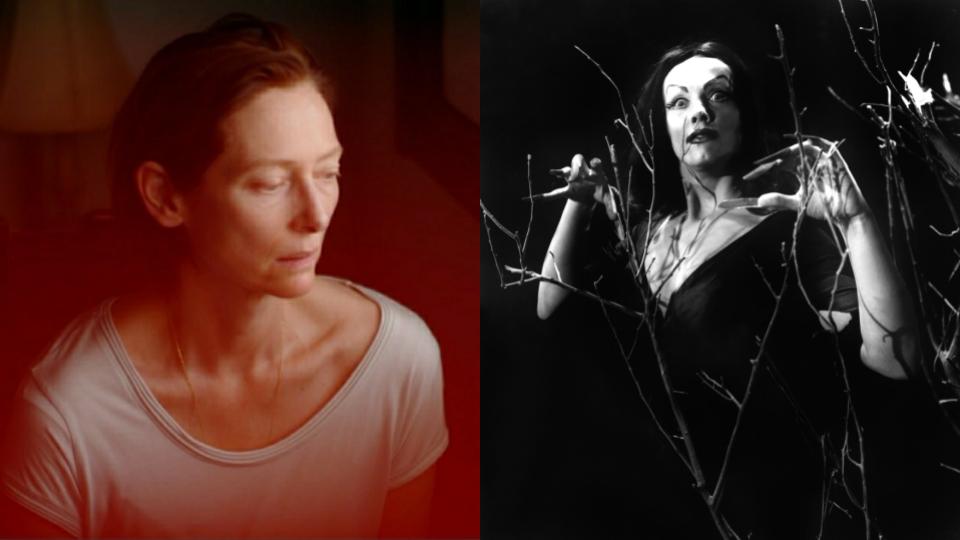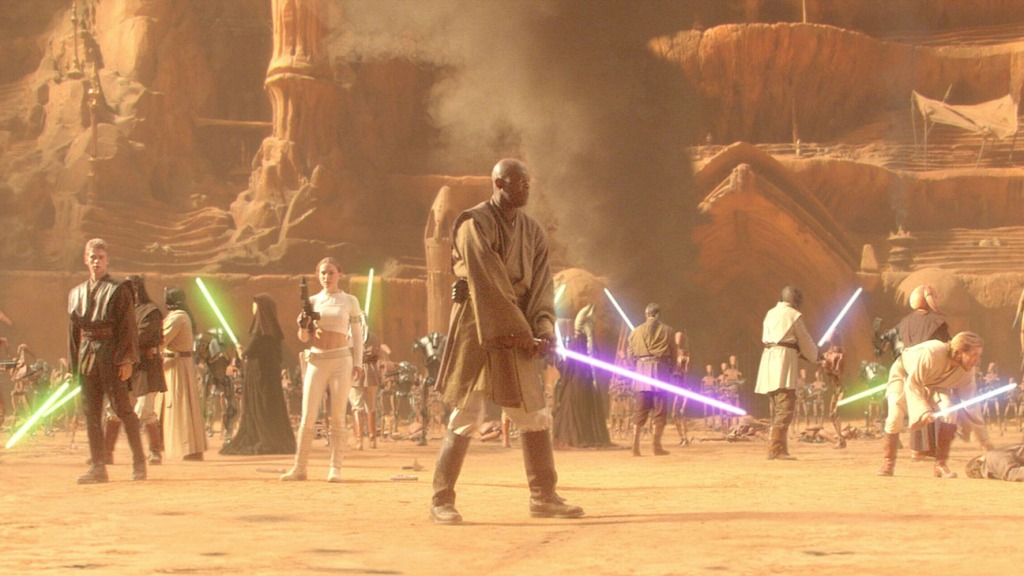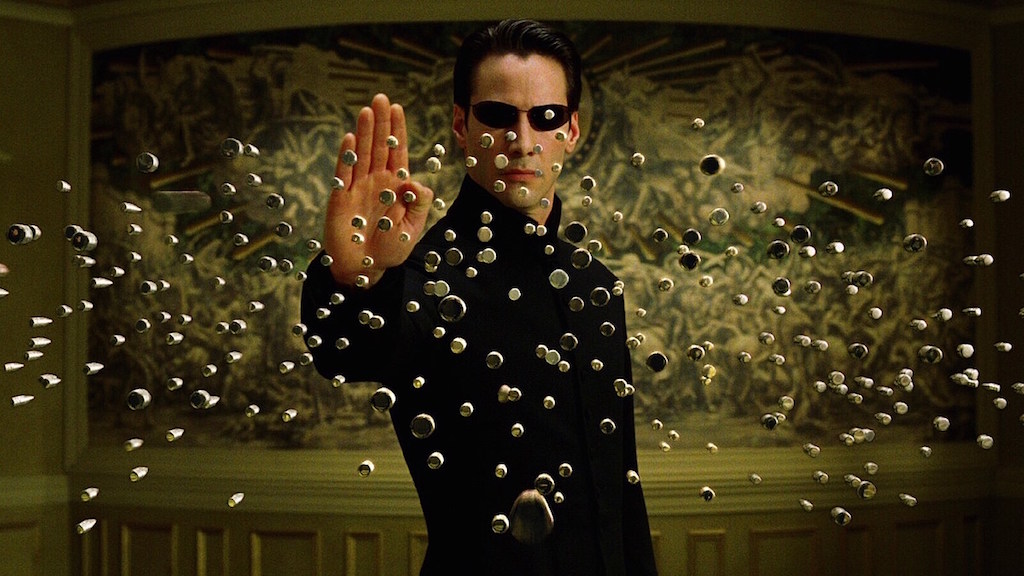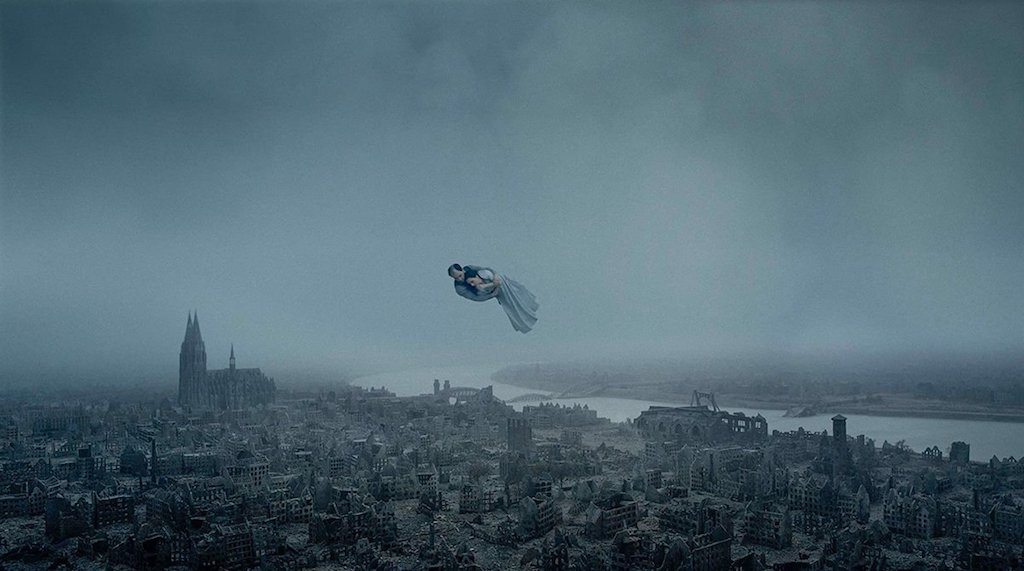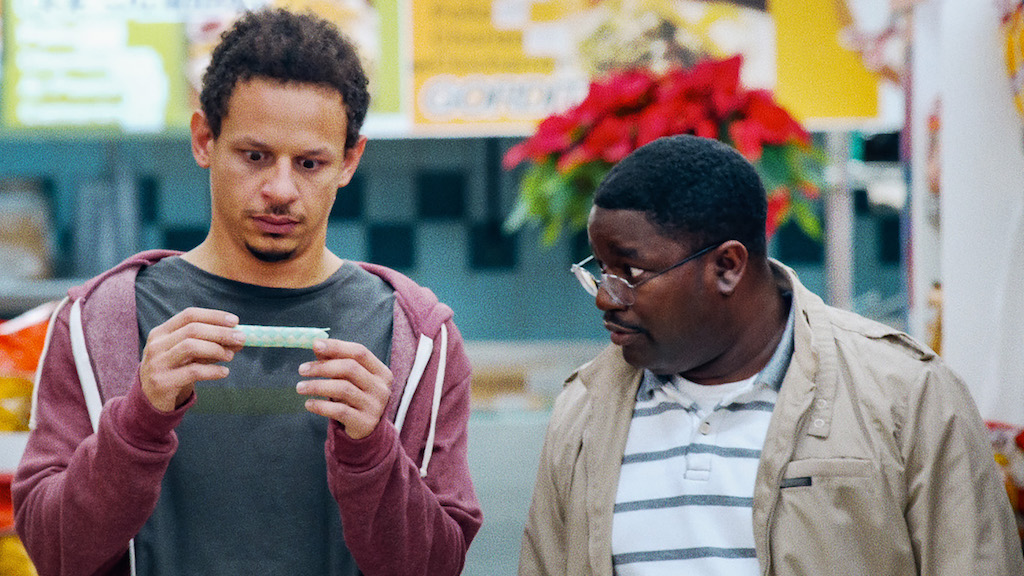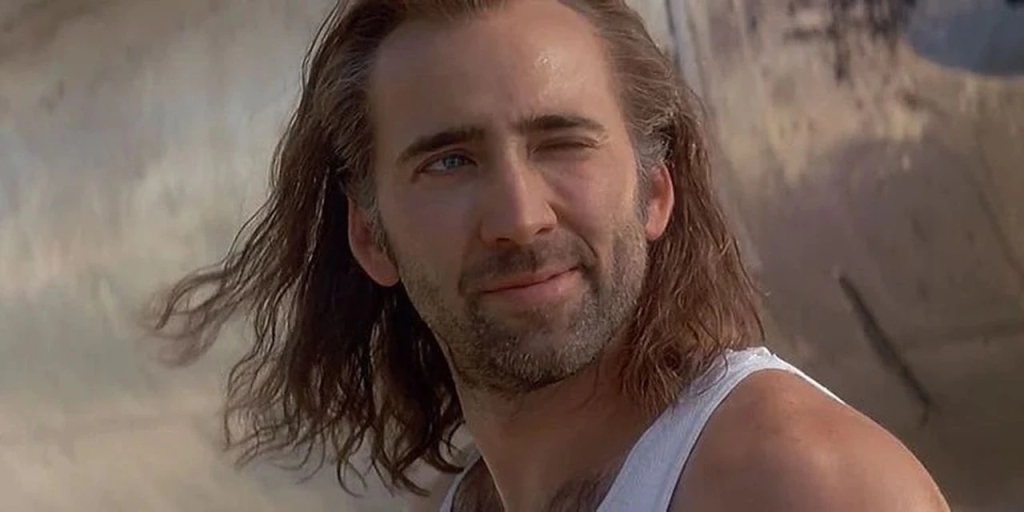
After seeing the trailer for The Unbearable Weight of Massive Talent, a tongue-in-cheek movie in which Nicolas Cage plays himself in a way that suggests he’s trying to get some money out of his own meme-fication I got really curious about his career. He’s such a polarizing figure in acting, someone who was once well respected, fell victim to online mockery, and has come the other side with a seemingly ironic fanbase. I have to say, for a while, and especially after watching more of his movies, I’ve found myself a fan of Cage’s singular approach to acting. There is simply nobody like him. Here are some thoughts on the movies of his I’ve been watching:
Pig (2021)
The movie works best for me as a meta-text about Cage himself. After seeing the trailer for the upcoming movie in which he plays himself, I got really curious to do a deep dive into Cage’s career, knowing that he’s such a polarizing figure when it comes to acting and has had probably the most fascinating career of any male actor currently working. In that regard, Pig seems like a perfect start to that dive. Not only is Cage asked to deliver a long simmer that does not lead to his usual explosion, but he plays an outcast who seems alienated from high culture sort of by choice and sort of by something bigger. I think everyone will agree that the best scene in the movie comes halfway through, when Cage confronts the fine dining restauranteur with the “none of this is real” monologue. It feels especially pointed coming from Cage, but it’s also a curious sentiment to encounter in a movie that in many ways sets out to subvert expectations and yet in many others fits right in with a certain category of “indie” genre fare. There is something about the color palette, deliberate pacing, and austerity of Pig that feels a little too calculated. Now, when I see many reviews [on] Letterboxd dismiss the movie based on those very things, my contrarian streak does want to come out in defense of it because there really is a very strong emotional core to the movie (dependent, but not exclusively, on Cage’s performance). Still, I think that this sort of meditative filmmaking almost demands plot points that go a little beyond the expected tragic backstories of genre movies. I admire very much what the movie goes for, even if the concoction doesn’t feel quite perfect.
The Rock (1996)
That right after winning the Oscar for critics-darling drama Leaving Las Vegas Cage decided to become an action star is the first of his many fascinating career moves. He has claimed that he made the turn in order to see if an actor like him could be accepted as an action hero (remember the 90s were closer to the height of Stallone and Schwarzenegger). Obviously Cage had tremendous commercial success as an action star, but is he good at it? Of all his crazy weird performances, I think this might be the weirdest. A couple years after this, he’s doing full crazy ham in Face/Off, but this was the first one, here he’s just supposed to do a “fish-out-of-water” ordinary guy. The closest comparison I can think of career-wise is Bruce Willis in Die Hard, and even then Willis radiates a sort of cool, laid back charisma that makes the performance go down as smoothly as it could. Cage is the completely different. He’s such an intense, aggressive actor that he never looks like he’s not trying as hard as he can to perform an “action star” role. The part’s clearly written for someone like him to play into the out-of-his-depth element, to embrace the nerdy awkwardness of a scientist being put in the middle of a gunfight. But Cage does not want to be a bumbling buffoon, and I don’t think Michael Bay would ever make a movie with a protagonist he thought was fundamentally uncool. Cage tries to go for it, and he comes up with one of the most unrealistic, strange depictions of masculine action hero energy ever. The fact that he’s paired with Sean Connery, one of the most effortlessly intimidating and in-control performers ever only makes the try-hardedness of Cage’s performance even more noticeable. Anyway, the movie’s a lot of fun. That San Francisco chase is just as ridiculous as the one in What’s Up, Doc?
Snake Eyes (1998)
Cage and De Palma sounds like a powerful but potentially catastrophic combination. Almost immediately, it became clear to me that this works, goddammit, and that Cage feels completely at home within the constructs of De Palma’s maximalist style. Let’s compare it to The Rock – directed by an equally maximalist, but stylistically different director – Michael Bay is all about impressionistic images and constant editing that suggests action, excitement, emotion more so than they actually deliver it. De Palma, meanwhile, loves meticulously planned and spectacularly executed tracking shots that go on for minutes at a time. Seeing Cage exist naturally in the world, to see him interact with it in something close to real time in these shots ends up being a huge asset to accepting his particular brand of intensity. It’s not a realistic movie, but neither is The Rock. It helps that Cage is playing a better written character, not a straight-up action hero but a rather unlikeable corrupt cop whose masculine bravado mixes with Cage’s weasel-y performance to create the perfect mix of repellent and magnetic.
I was enjoying this thriller immensely but somewhere near the last third I started to lose interest and patience with it. I couldn’t point to any particular choice or moment in which the movie lost me – and to be fair it never fully did – but my interest just kinda petered out. It wasn’t until reading more about the production history that I realized that De Palma had envisioned a different, much more appropriate ending for the movie. Darker, more nihilistic, but absolutely at home with the themes of institutional corruption that ascends all the way to the top of the scale. I wish the movie was strong enough in its final version to overcome the knowledge that a more coherent version exists out there, but this really is the case of a masterpiece being ultimately defanged by the studio. Still, the highs are as high as you can ask from Cage and De Palma, both of whom are doing some career-best stuff.
Adaptation (2002)
I don’t think I’m being presumptuous when I say most people would rate this as Cage’s best performance because this is a case in which consensus seems to pretty much have gotten it right. Cage is the most “otherworldly” of Charlie Kaufman’s protagonists, by which I mean it seems impossible to accept Cage as a random schlub – he is simply too weird. Thus, when he first appears as Charlie in this movie, I sensed something a little put-upon about the performance – his posture, the weight gain, the head piece. Cage is not dissolving into naturalism here, he’s using his intensity in a different direction from usual. He’s running away from “Nicolas Cage loses his shit” territory and instead bottling up and twisting the energy on himself. This becomes clear once Cage appears as Donald in what might be his most enjoyable and disarming performance. He is wearing the same ridiculous wig, and yet he feels so natural, so at ease, so likable. This is a case in which the dual role doesn’t feel like an acting challenge, but a completion of the performance. I don’t think I would fully accept Cage’s interpretation of Charlie without his interpretation of Donald. The screenplay uses Donald as a motive to balance our Charlie’s (both character and writer’s) neurosis. That’s why Cage is unexpectedly perfect for the role: the fact that he can balance himself out with Donald allows him to go fully wound-up and unlikable with Charlie. I think it’s this written-in balancing act that also makes this the performance of his most people are ready to accept as great.
As for the movie itself, I don’t know if I have much to say that hasn’t been said before. It’s a brilliant deconstruction of the writing process, especially the way in which American commercialism has stripped it of real meaning. I understand that the ending is disappointing on purpose – that Charlie’s screenplay turning into Donald’s screenplay is the whole point – but I tend to agree with those who lament that the movie’s last act doesn’t quite live up to what precedes it. Accepting Will Sloan’s point that it is possible to make a movie just about flowers (because they have, in fact, been made), one has to narrow the movie’s critique to the Hollywood system. So yes, it is impossible to make a movie just about flowers in Hollywood; but even then, like all Hollywood satires made since The Player, the ending of Adaptation ends up feeling like a riff on The Player.
Con Air (1997)
Like I said when I wrote aboutThe Rock, that movie didn’t need Cage to bring the macho energy he did because his character is supposed to be the nerd who goes on an arc. Connery is the cool one, but Cage wants to prove that he can be an action star and so he delivers one of the most fascinating off-kilter lead performances in a mainstream hollywood blockbuster. Right after this comes Face/Off which is just giving Cage carte blanche to go wherever he wants to go. But right here in the middle we have Con Air, the movie in which Cage IS playing the cool would-be Connery part, where he is the undisputed and unquestionable handsome lead of a massive summer blockbuster. He sports a luscious mane and – except for the ridiculous southern drawl – gives a pretty typical, down-to-earth performance. He is the anchoring force at the center of the movie that lets the supporting cast of character actors ham it up (and what a cast of actors this is! Malkovich! Buscemi! Trejo!)
I can’t underestimate how fascinating I find it that Cage moved on from the regular-dude-who-steps-up-to-the-challenge role to the totally badass role from one movie to the very next. In many ways, I think the Cage as action hero experiment has never worked better than in this movie. I mean, the movie is absolutely ridiculous, one of the stupidest action blockbusters of the 90s, but also incredibly watchable. This is before CGI and Atlanta warehouses took over for big budget movies, there are real planes, real landscapes, and the real Southwest sky in this movie. The color palette alone makes this look like a freaking work of art in comparison to the digital nightmare of most 2020s releases. At the center of it all is Cage delivering a pretty charming and totally serviceable performance. I wouldn’t go as far as the folks who love Con Air, but I totally get where they’re coming from. It makes sense to prefer blunt, maximalist un-subtlety to whatever passes for clever in most franchise movies.



